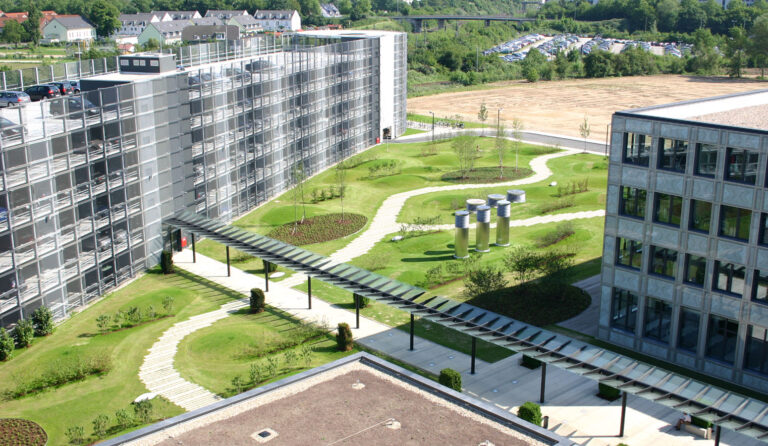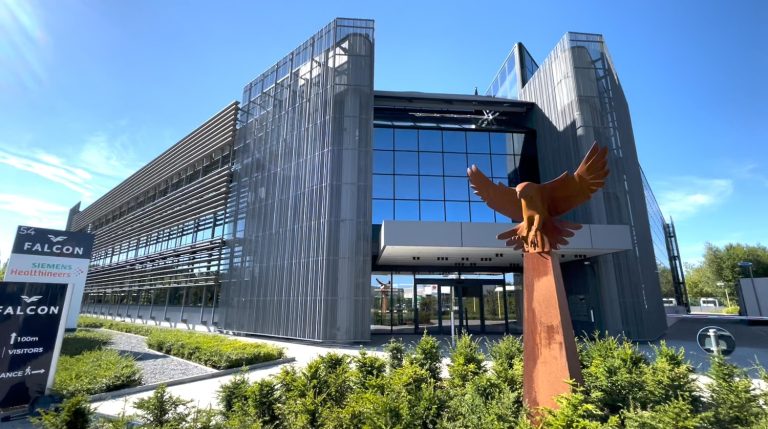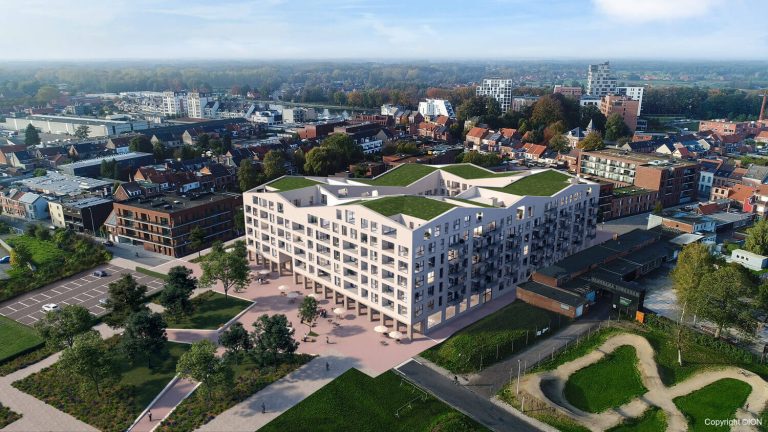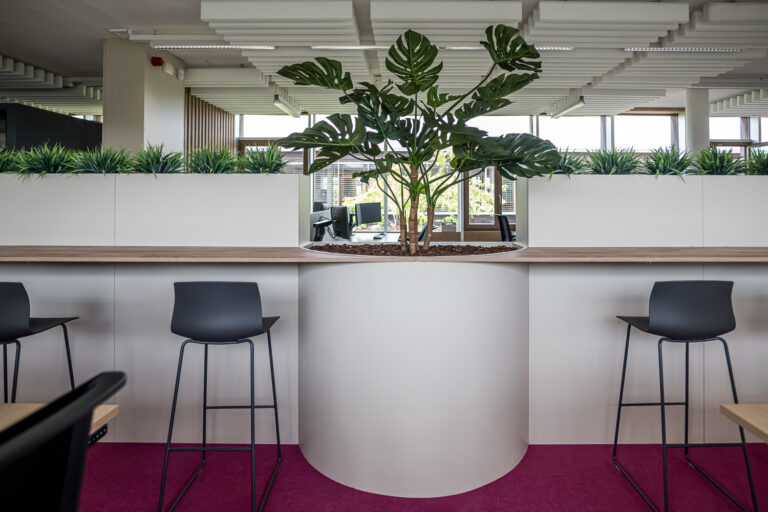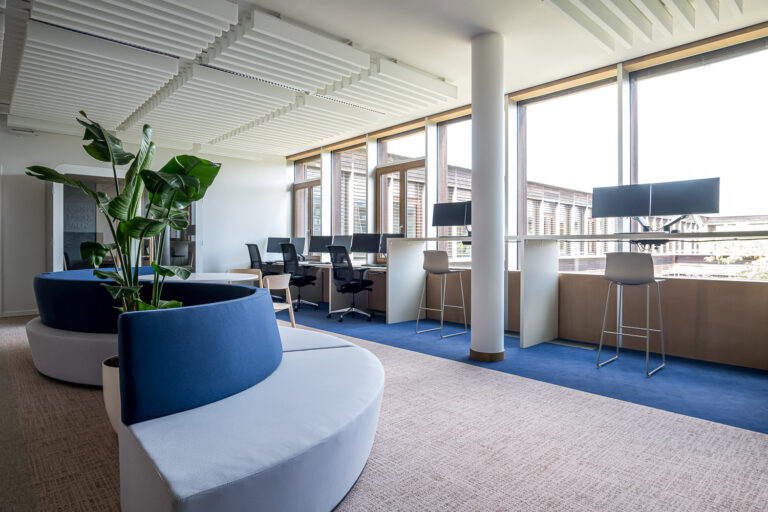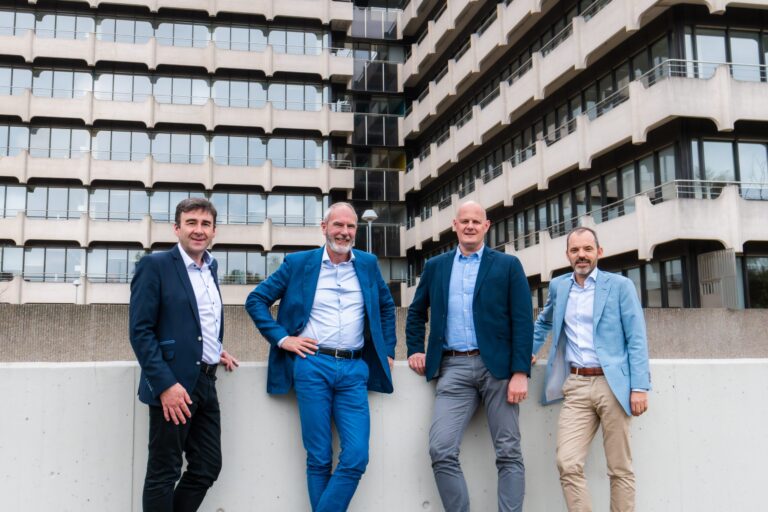Case Wit Gele kruis
Are you thinking about expanding or downsizing your real estate portfolio? Reinforce your real estate strategy with rational arguments such as cost, mobility and sustainability. Wit-Gele Kruis East-Flanders was struggling with a proliferation of regional offices and asked Meliopus to develop a real estate plan. We started with an ideal combination of mathematical and human analysis and brought these insights together in an overall master plan.
The Client
Wit-Gele Kruis specialises in home nursing for people with care needs who wish to remain in their homes. In this way, they offer their patients the opportunity to be cared for responsibly in their familiar surroundings. The nurses establish a trusting relationship with their patients and can count on the support of their colleagues, doctors and other care providers.
The assignment
A few years ago, Wit-Gele Kruis East Flanders switched to self-managed teams. That way, their teams were not dependent on a single head office, but could create their own hub with their own regional office. In no time, their real estate portfolio expanded considerably, which led to many questions and challenges in terms of facility management. What condition were their workplaces in? How many offices did they ideally need to work comfortably and efficiently? Meliopus carried out a quantitative and qualitative analysis and based on the findings drew up an establishment plan.
Our approach
1 | Quantitative and qualitative real estate analysis
In order to clearly identify the needs of the organisation and the home careproviders, we opted for a mathematical approach with a human touch. This allowed us to establish a very precise compromise between cost efficiency, comfort and sustainability.
Quantitative analysis
Since the client had little financial information about their real estate portfolio, we started by calculating the building cost. This included the lease agreement, energy costs and possible maintenance expenses. In addition, we zoomed in on other parameters such as employee commuting time.
Qualitative analysis
Figures are a great starting point, but they do not tell us anything about emotional considerations. That is why we also sat down with the management committee and the employees. We organised workshops in which we made a SWOT analysis of the sites together.
2 | Drawing up an establishment plan
In the master plan we put all the architectural, financial and functional pieces of the puzzle together. We indicated which buildings were to be renovated, sold or abandoned and which locations were desirable for additional branches. In doing so, we took into account the quality of the buildings, the notice period of the lease and the investment plan of the client. This enabled us to draw up a future-oriented scenario with an implementation plan and a schedule.
The result
The establishment plan was given the green light by the management committee and offered Wit-Gele Kruis East Flanders something to hold on to as they rolled out their real estate strategy. Were there any opportunities to buy new premises? If so, they could always fall back on their master plan.


